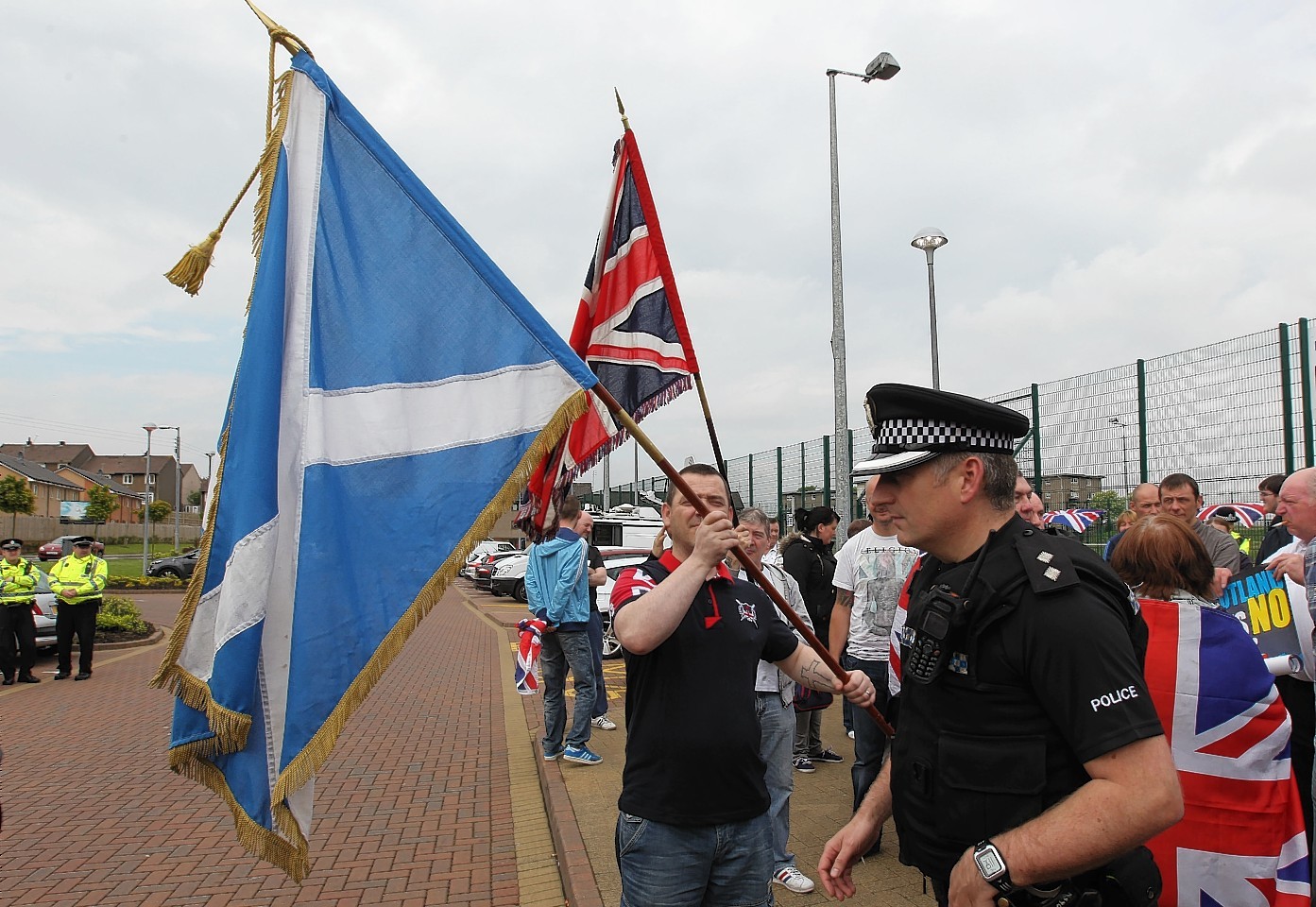People living in an independent Scotland should be asked in a referendum if the county should join the European Union, a Church of Scotland minister has said.
The Rev Dr Doug Gay, of Glasgow University – a “yes” voter – said people should not be afraid of democracy.
The Scottish Government insists the issue would be a matter for the first independent administration at Holyrood.
But the election of Ukip’s first MEP in Scotland David Coburn has suggested that tens of thousands of Scots are unhappy about the current arrangements in Brussels.
Mr Gay, a lecturer and author, said: “None of us should be afraid of democracy and if people suggested there should be a referendum on Scotland’s position within the EU, I would not be opposed to that at all.”
The academic said he disagreed with the Rev Scott Rennie of Queen’s Cross Church in Aberdeen who argued that moving Trident nuclear weapons elsewhere in Britain would make little difference to world peace.
“I think peace and disarmament has to start somewhere because the record of multi-lateral disarmament is not good,” said Mr Gay, who has no links to the SNP or Yes Scotland.
“It has to start with someone saying ‘no we do not want to have these weapons as part of our foreign and defence policy as part of our state’.
“Then the rest of the UK has that same choice, they do not have to have them.”
Meanwhile, Shadow Foreign Secretary Douglas Alexander has defended Prime Minister David Cameron’s decision to campaign in favour of the UK.
He dismissed claims the Conservative leader’s recent appearances in Scotland had damaged the Better Together campaign.
Mr Alexander said: “People have an expectation that the prime minister of the UK, whatever party political affiliation, would have a point of view in relation to the prospect of separation and divorce.
“In that sense the prime minister is entitled to put forward his point of view just like the first minister is entitled to as well.”
Mr Alexander said he understood the prime minister’s decision not to debate with First Minister Alex Salmond who wants to make the referendum a contest between Scotland and Westminster.
But Aberdeen University professor of politics Michael Keating said the situation spoke volumes about the Conservative Party.
He added: “I can understand David Cameron’s position that he thinks it could be negative because he is a Tory toff.
“But that tells you there is something seriously the matter with the Tory party because the old Scottish Tories used to be toffs and spoke with public school accents but they could debate up here.”
